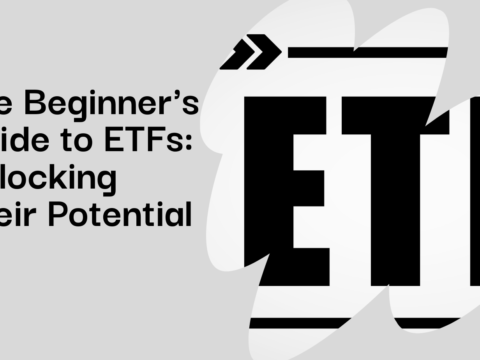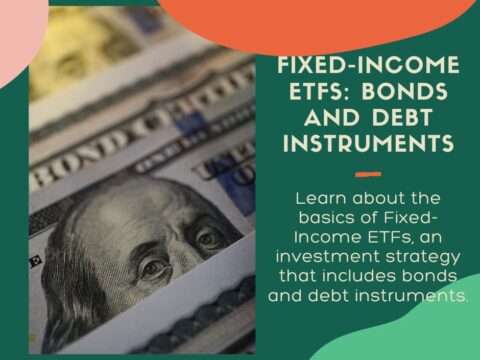Exchange-Traded Funds (ETFs) have gained immense popularity for their accessibility and diversified investment approach. One crucial factor that investors need to consider when assessing the cost-effectiveness of an ETF is its expense ratio. The expense ratio, expressed as a percentage, encompasses various fees and operating expenses associated with managing the fund. Evaluating this ratio is essential for investors seeking transparency and efficiency in their investment choices.
Understanding the Expense Ratio: An ETF’s expense ratio represents the annual cost of managing the fund relative to the total assets under management (AUM). This ratio includes various components, such as management fees, administrative expenses, and other operational costs. Typically, expense ratios are expressed as a percentage of the fund’s average AUM.
Components of Expense Ratio:
- Management Fees: This is the compensation paid to the fund’s management team for overseeing the investment strategy and portfolio management. Management fees are a significant component of the expense ratio and can vary based on the complexity of the fund’s strategy.
- Administrative Expenses: These include operational costs such as legal, accounting, and administrative services required for the day-to-day management of the fund.
- Other Operational Costs: ETFs may incur additional costs, such as trading expenses and regulatory fees, which are factored into the expense ratio.
Importance of Evaluating Expense Ratios:
- Cost Efficiency: A lower expense ratio is generally considered more cost-effective for investors. It directly impacts the returns investors receive, as higher expenses can eat into the overall performance of the fund.
- Comparison Across Funds: Investors often compare expense ratios when choosing between similar ETFs or funds with comparable investment objectives. A lower expense ratio can be a decisive factor in fund selection.
- Long-Term Impact: Over time, even seemingly small differences in expense ratios can significantly impact returns, especially for long-term investors. It’s crucial to assess how the expense ratio aligns with the expected returns of the investment.
Factors to Consider When Evaluating Expense Ratios:
- Investment Strategy: Different ETFs employ varying investment strategies, and complex strategies may entail higher management fees. Assess whether the expense ratio aligns with the fund’s strategy and potential returns.
- Historical Performance: While past performance is not indicative of future results, evaluating how an ETF has performed relative to its expense ratio can provide insights into the fund’s cost-effectiveness.
- Comparable Funds: Compare the expense ratio of the ETF with similar funds in the same asset class or category. This helps investors identify funds that offer competitive pricing.
Conclusion: Evaluating an ETF’s expense ratio is a fundamental step in making informed investment decisions. While a low expense ratio is generally favorable, investors should consider it in conjunction with other factors such as investment strategy, historical performance, and the overall fit within their portfolio. By understanding the components and implications of the expense ratio, investors can navigate the ETF landscape more effectively and align their investment choices with their financial goals.




